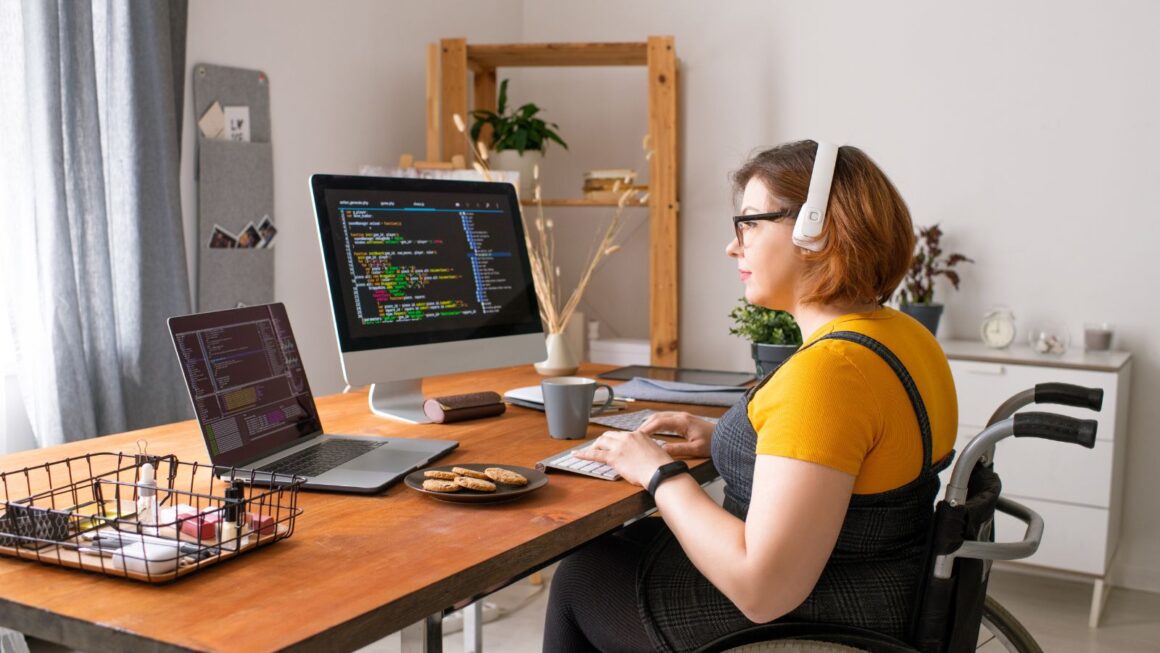Starting a small clothing business from home can seem daunting, but it’s more achievable than you might think. With the rise of e-commerce and social media, you can reach a global audience without ever leaving your living room. I’ve been through the process and can tell you it’s all about taking one step at a time.
First, you need a solid plan. From sourcing materials to creating designs and marketing your products, each step requires careful planning. But don’t worry—I’ve got you covered. In this article, I’ll walk you through the essential steps to turn your fashion dreams into a thriving home-based business.
Understanding The Market
Getting to know the market is essential for starting a small clothing business from home. This understanding helps in making informed decisions and tailoring your approach.
Conducting Market Research
Market research involves gathering and analyzing data on your target audience and competitors. First, identify your potential customers by age, gender, income level, and fashion preferences. Use online surveys or social media polls to collect this data. Analyzing this information gives insights into their buying behaviors and trends.
Second, study your competitors. Visit their websites, social media pages, and online stores. Take note of their product range, pricing, and customer reviews. Knowing what your competitors offer helps in finding gaps that your business can fill, making your products stand out.
Identifying Your Niche
Identifying a specific niche helps differentiate your small clothing business. Focus on a particular style, demographic, or trend. For instance, you might specialize in sustainable fashion for eco-conscious consumers or vintage clothing for retro enthusiasts.
Evaluate demand for this niche by using Google Trends and social media hashtags. This analysis shows how popular your chosen niche is and whether it’s growing. Once identified, tailor your products and marketing strategies to appeal directly to your niche market, giving your business a unique edge.
Creating A Business Plan
A business plan lays the foundation for a successful home-based clothing business. Creating this roadmap streamlines your efforts and aligns your goals.
Setting Goals And Objectives
First, establish clear, achievable goals and objectives. Set specific sales targets for the first year (e.g., $10,000 in revenue).

Define your target audience based on demographics and interests. Outline long-term objectives like expanding into new markets or launching a new collection. These goals guide your strategy and keep you focused.
Budgeting And Financial Planning
Next, develop a detailed budget and financial plan. List all expected expenses such as materials, marketing, and shipping. Estimate initial startup costs, including sewing machines, fabric, and packaging supplies. Track ongoing costs to maintain a steady cash flow. Consider using accounting software to simplify tracking and projections. By meticulously planning your finances, you ensure sustainability and growth.
Setting Up Your Workspace
Creating an efficient workspace is essential for a home-based clothing business. This section covers crucial aspects like choosing the right equipment and organizing your workspace effectively.
Choosing The Right Equipment
The right equipment ensures smooth operations. A reliable sewing machine, like the JUKI selection of Coverstitch Machines, is a must. For cutting fabric, invest in high-quality sewing scissors or a rotary cutter. Comfortable ergonomic chairs reduce physical strain during long hours. Have a sturdy table for cutting garments. Purchase an iron and ironing board to press fabrics.

A dress form helps design and fits clothing accurately. Secure software for digital designs and accounting if managing finances digitally. Stock up on essential supplies like thread, needles, measuring tapes, and pins.
Organizing Your Workspace
An organized workspace boosts productivity. Dedicate a clear area for sewing, cutting, and storing materials. Use shelves and bins to keep fabric and notions sorted. A pegboard keeps frequently used tools handy. Label storage containers to locate items quickly. Adequate lighting is vital; use natural light if possible and supplement with adjustable lamps. Maintain a clean environment to prevent accidents. Consider setting up a virtual office address in Australia for managing business correspondence professionally if targeting international markets. This setup creates an efficient, clutter-free workspace conducive to creativity and hard work.



